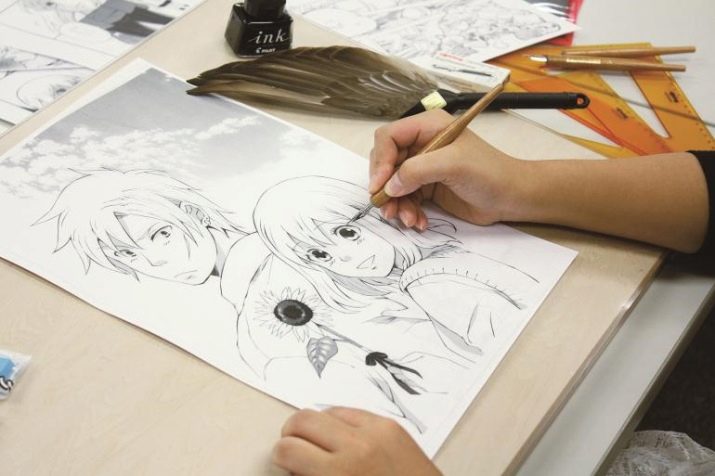Who is a multiplier and where to study for a profession?

Cartoons in the modern world are an integral part of our life. Most of the cartoons are aimed at children, but there are also those aimed at an adult audience. It is logical that with rapidly changing trends, new ideas are needed, as well as more people to implement them. It was these factors that contributed to the creation of such a profession as a cartoonist.
History of the profession
If we judge animation in the broadest sense of the word, then we can say that the first animators were primitive people who, already in their rock paintings, tried to convey the effect of movement. Since these times, fine art, including that which tried to describe the sequence of events, has accompanied humanity throughout all times.
If we take animation specifically, then the first sketches of cartoons appear at the beginning of the 19th century. These were the simplest examples and did not last long. But later, the development of cinema supplanted animation, and its ascent began only in the first half of the 20th century, with the direct participation of James Stuart Blackton. It was he who created the first cartoon, which was first shown in 1906.

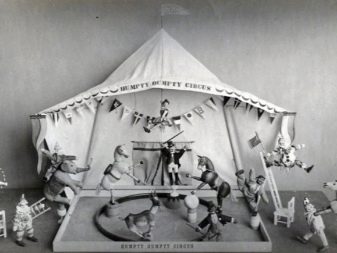
In Russia, one of the first animators can be called Alexander Shiryaev. Thanks to him, the first Russian cartoon "Pierrot and Columbine" was released.
It is noteworthy that this happened in the same 1906. Shiryaev himself, however, called his work "a puppet film-ballet".
The next significant event in the history of animation was the creation of the dinosaur Gertie Winsor McKay. A new technology was developed especially for this dinosaur, different from everything that was previously known. The first division in the profession took place: an animator and a background worker were singled out separately. The animator was engaged in drawing the movement of the main character, while the background artist painted trees, lakes and other landscape details separately for each frame.
Well Walt Disney must be mentioned... It was he who helped create the animation that we are used to seeing in the modern world on our screens and monitors.
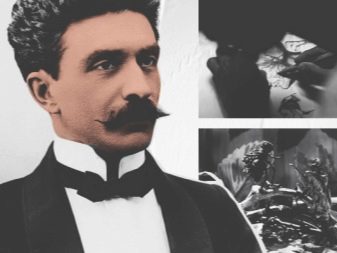
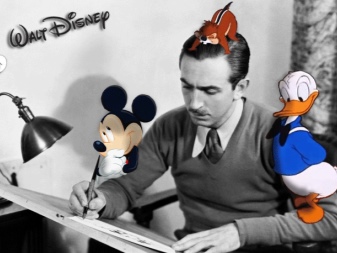
Description
The main part of the work of an animator is not only in drawing one or more characters, but also in a detailed examination and reproduction of their phases of movement. But the multiplier is a rather broad concept. It includes dividing the profession into small but specific subtypes, each of which specializes in a specific area. Thus, the following areas are highlighted:
- stage director;
- character artist;
- background maker (background decorator);
- contouring artist;
- phaser;
- drawer;
- filler;
- special effects multiplier.
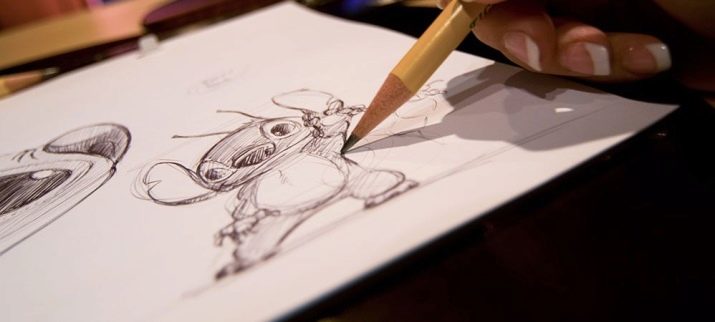
The director is responsible for conveying the director's idea and the uniform style of its execution. The character creates detailed characters for the characters. The background maker is responsible for everything that happens in the background of the cartoon. The contouring artist transfers the sketches of the cartoon from paper to a special tape-film.
The phaser works out the specific actions of the character by analyzing his phases of movement. The painter transfers all sketches to the final copy, observing all the instructions and corrections noted by the director and director. Well, the special effects multiplier creates various beautiful effects (including weather conditions).
This division in directions is not always preserved. There are also such specialties as illustrator, decorator, stage director, animator, decorator, graphic artist and light operator.
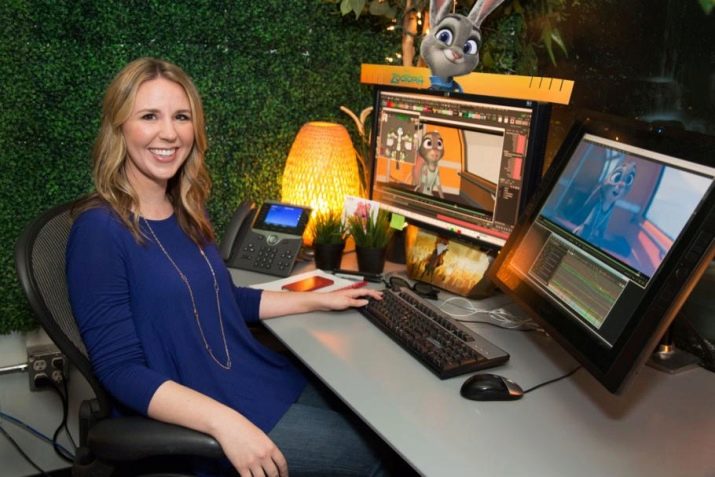
Pros and cons of the profession
Each type of activity has its pros and cons, and the profession of a multiplier is no exception.
The advantages of this type of activity include the following factors.
- Possibility of creative realization. For people with a creative mind, this is probably the main advantage.
- Prestige. Do not be surprised - this profession is in great demand, as more and more content is required every year. In addition, it is the animators who create characters that everyone will love.
- Good wages. This point is a direct consequence of the previous one. Large corporations are willing to pay well their artists for their vision of the world and a specific idea.
- Choice of suitable working conditions. If a person really shows himself as a good multiplier, small concessions may be made to him. Including - to appoint an individual schedule. In addition, some areas of animation do not require a constant presence at the workplace, which means they make it possible to work remotely.
- The ability to change profession. As a rule, all animators are excellent artists with high skill in graphic editors. This means that if a person suddenly realizes that animation is not his, he can always find a job in an advertising agency or web design studio.
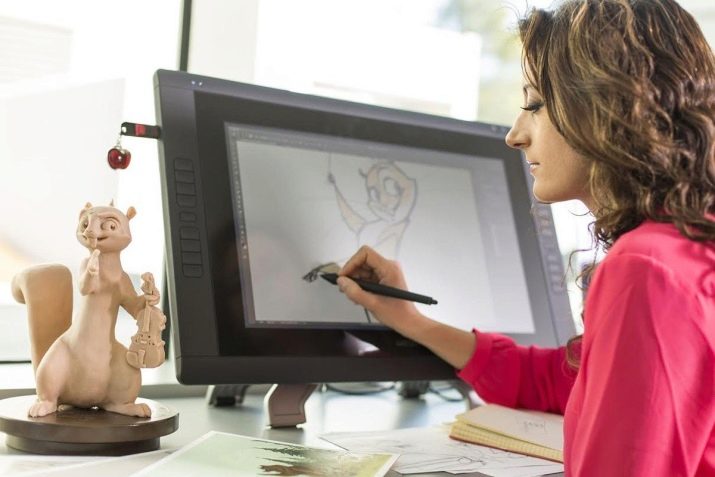
There are much fewer disadvantages in this profession, but they are still there.
- A large amount of time spent in one position in front of a computer monitor. Unfortunately, prolonged exposure to a computer can seriously affect not only vision, but also posture, which, in turn, can cause problems with the spine and health in general. This can be avoided - just remember to take breaks and do some exercises.
- Monotone. Alas, the work of an animator is not only a free flight of imagination. Sometimes it is required to complete absolutely monotonous tasks. Which can seem very boring and tiring.

Job responsibilities
If you quickly describe the process of creating a cartoon, then it will have several stages. The first is the search for an idea. Next comes a discussion of how the characters will look. The first sketches are made.
If the project is very large, then the headquarters of the artists is selected and responsibilities are distributed between them.
Then a team of artists comes in. They paint everything: characters, backgrounds, effects, and so on. Of course, this does not work out right away - it is necessary to carefully think over the details, images, how the hero fits into the situation. Often, the same hero can be redrawn several times. After the detailed rendering, the color is filled, and now the character is almost ready.
The penultimate stage is the elaboration of such small details as gestures, facial expressions and other movements that are hardly noticeable in ordinary life. And the final stages are storyboarding, animation and creating layouts.
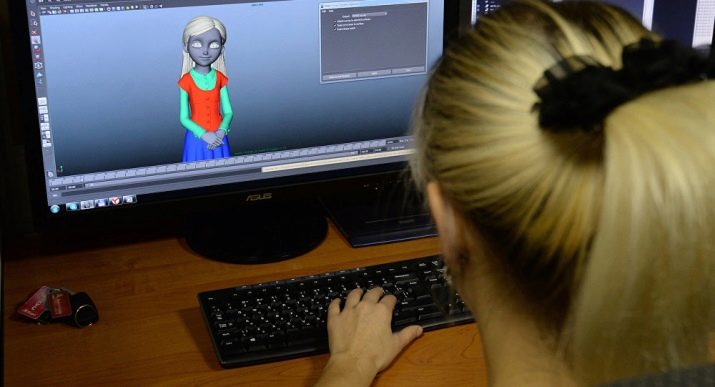
Requirements
Anyone can become a cartoonist. However, it is necessary to become familiar with the requirements and skills, and it is also worth accepting that if someone has the necessary skills, then his path to the top of the cartoon art will be much easier.
Knowledge and skills
The advantages of the candidate will be:
- sense of taste and style;
- understanding the mechanics of dynamics and movement;
- unique vision of the world;
- to some extent psychologism (to form and convey the character of the character);
- good imagination;
- spatial thinking.
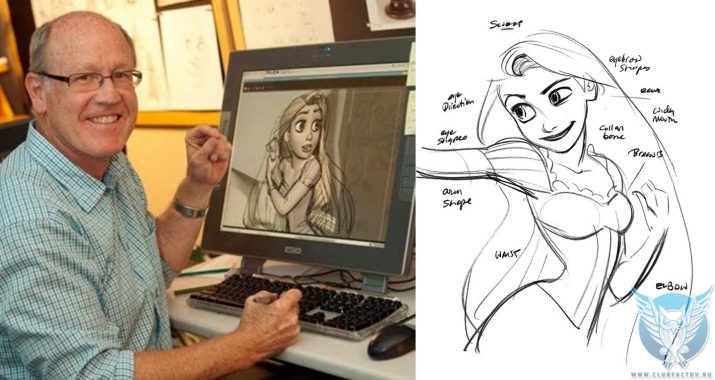
You also need a good eye, a developed sense of kinematics and observation. Acting skills will also come in handy, because sometimes, in order to convey some emotions, you need to copy them from a living model, but not always there will be a person at hand who is ready to help. So animators often copy some emotions from themselves. And the main thing is the ability to draw.
The key skills include the effective use of special equipment (at least knowledge of a computer and the necessary computer programs). Punctuality will also be appreciated, since in the modern world all interaction is based on deadlines, and therefore it is simply necessary to be able to meet deadlines.
The profession of a cartoonist requires constant development, the receipt of new knowledge about the existing methods of image, since the embodiment of a character in different techniques can look completely different.
You can start by exploring the main programs - 3DsMAX, Cinema 4D and Maya. This will help you acquire and develop skills such as modeling, texturing, and skillful work with lighting.
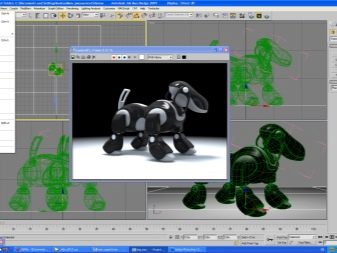

Personal qualities
The necessary personal qualities include:
- high efficiency;
- the ability to take responsibility;
- purposefulness;
- accuracy, almost pedantry;
- patience;
- sense of humor;
- readiness for team work.
Fantasy is another important quality of an artist, since without it it is impossible to create something new in your kind of activity. Talent is the most necessary thing that a multiplier should have.
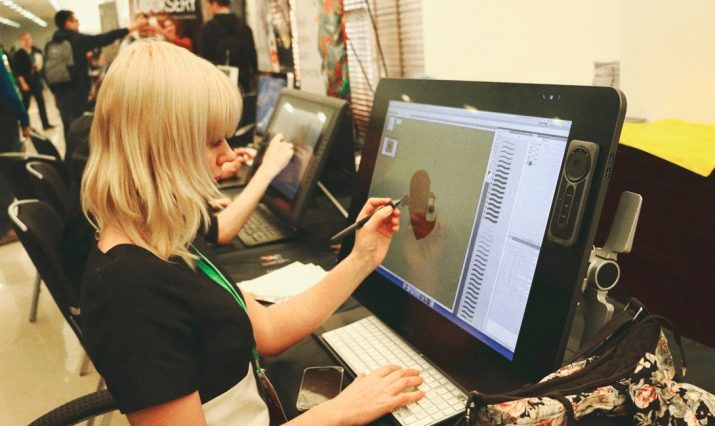
Education and career
Despite the fact that a diploma in this area is not required, it will be a significant plus when applying for a job. The VGIK is considered the best educational institution for mastering this profession. However, it is not so easy to enter VGIK - the competition for a place there is very high and can reach 40 people per place.
If necessary, it is easy to find other institutions of higher education with a corresponding faculty. For example:
- MosGU (Moscow University for the Humanities);
- Institute of Business and Design;
- MGOU (Moscow State Regional University);
- MGUTU named after Razumovsky (Moscow State University of Technology and Management named after K. G. Razumovsky);
- National Research University Higher School of Economics.


About a dozen more of the most popular universities are known, created specifically for the development of the direction of animation. Among them:
- St. Petersburg State University of Culture and Arts;
- All-Russian State Institute of Cinematography named after Gerasimov;
- St. Petersburg State Institute of Cinema and Television;
- Ural State University of Architecture and Art;
- St. Petersburg State Academy of Art and Industry named after A. Stieglitz;
- Belgorod State Institute of Arts and Culture.


Another difficulty that may appear before the future animator is that in order to enter and study at a university, he will have to pass the Unified State Exam. In addition to basic subjects, you will also need to pass literature. And right at the time of admission to the university, you will need to go through a creative competition.
Another option for obtaining a suitable education is to enter the Lyceum of Cinematography No. 33 (something like a college). You can also become an animator after special courses in modeling and computer animation. This will provide the necessary knowledge, but the skills will have to be worked out on their own.
Currently, there are other additional opportunities for obtaining a specialty cartoonist. This includes the Moscow school-studio "Shar".
If we consider education abroad, then a lot of good educational institutions are located in Florida and New York. To enter there is more difficult, but still realistic.
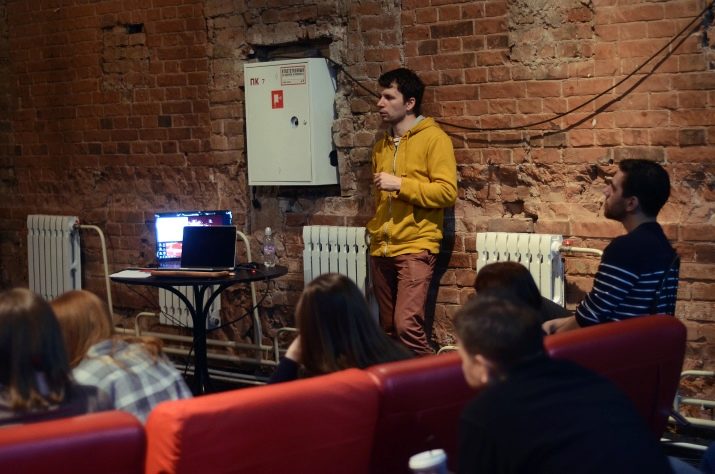
Place of work and salary
Despite all its importance, you should not think that novice multipliers make a lot of money. Specialists who have just started their journey usually receive from 10,000 to 20,000-25,000 rubles. However, with career growth, the level of wages will also increase. Both the region in which the animation company is located and its scale affect the level of income. Obviously, large corporations are willing to pay their artists more than the oblast little-known studios.
So, a good artist with work experience and a rich portfolio can expect to receive the following amount:
- 35,000-40,000 rubles in St. Petersburg;
- about 45,000 rubles in Moscow;
- from 50,000 rubles in Bashkortostan.
The average salary in the Russian Federation is approximately RUB 75,000. Successful studios that produce popular cartoons are willing to pay about twice as much.

Another important advantage of this profession is that even if you move to another country there will be a chance to get a job with a good salary (again, if you have the skills and abilities necessary for a professional).
In the United States, for the position of a multiplier, you can receive 4,000-5,000 cu. e. per month. However, a diploma of relevant education is required. And you also need to confirm your qualifications in this country. When you join a large company like Pixar, you can expect a salary of $ 5,000-16,000.
The next country in terms of wages for the multipliers was Germany - $ 4,700. e per month. In Japan, animators are paid less, but there are more opportunities for creative implementation. Working 11-12 hours a day, the multiplier only earns about $ 10,000 a year. There is only one well-known animation studio in Poland, and its artists have a salary of $ 1,100-1,900. e.
And of course, the bulk of a multiplier's salary depends on his specialization. The highest salaries are for illustrators, directors and graphic artists.
